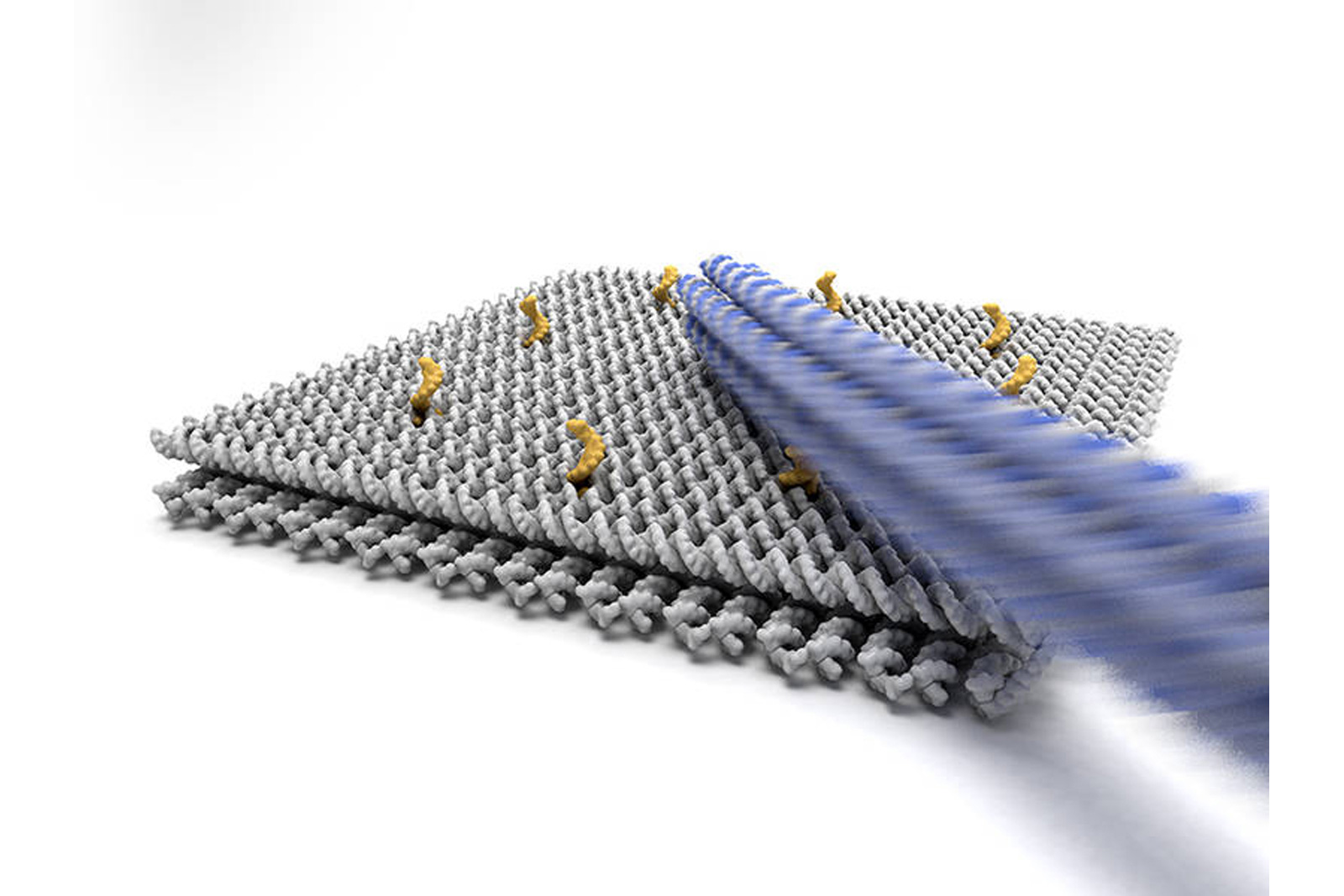Speedy DNA nanorobot could lead to molecular factories


DNA-based robots promise all kinds of microscopic machinery, but there's a major obstacle: they're slow. Existing designs that use biochemical processes for movement can take hours to shuffle molecules around, which makes them utterly impractical for anything time sensitive. That might not a hurdle for much longer. Scientists have developed a DNA nanorobot (specifically, an arm) that uses electric fields to move a whopping 100,000 times faster than previous examples, even though it's based on straightforward concepts.
You see, DNA molecules have negative charges as a matter of course. Researchers found that they could quickly and accurately move the arm by subjecting it to electrical pulses that tug the arm in the right direction. You can spin the arm, move it to another position or even have it apply force, all within milliseconds.
You wouldn't necessarily see small numbers of these gene-based robots in action. Rather, you'd see "millions" of them working in tandem as part of nanofactories. They could piece together complex molecules (say, for medicine), or identify substances at an extremely small level. And in many ways, the new approach makes DNA nanorobots practical. Whenever technology like this is ready for prime time, it could be used for on-the-fly tasks where you just can't afford to wait.
Via: ScienceNews
via Engadget RSS Feed "http://ift.tt/2DA3XYc"
Comments
Post a Comment